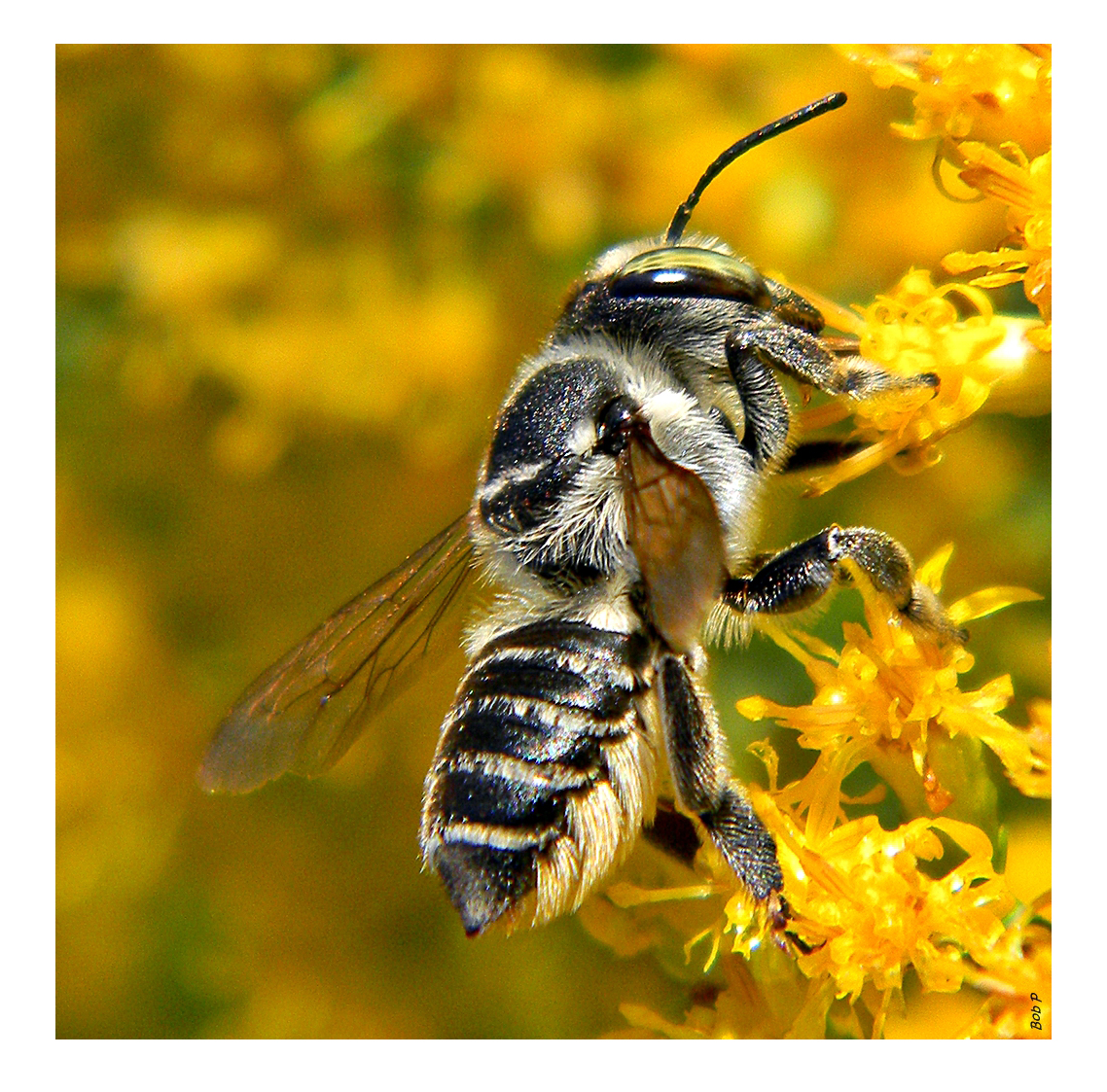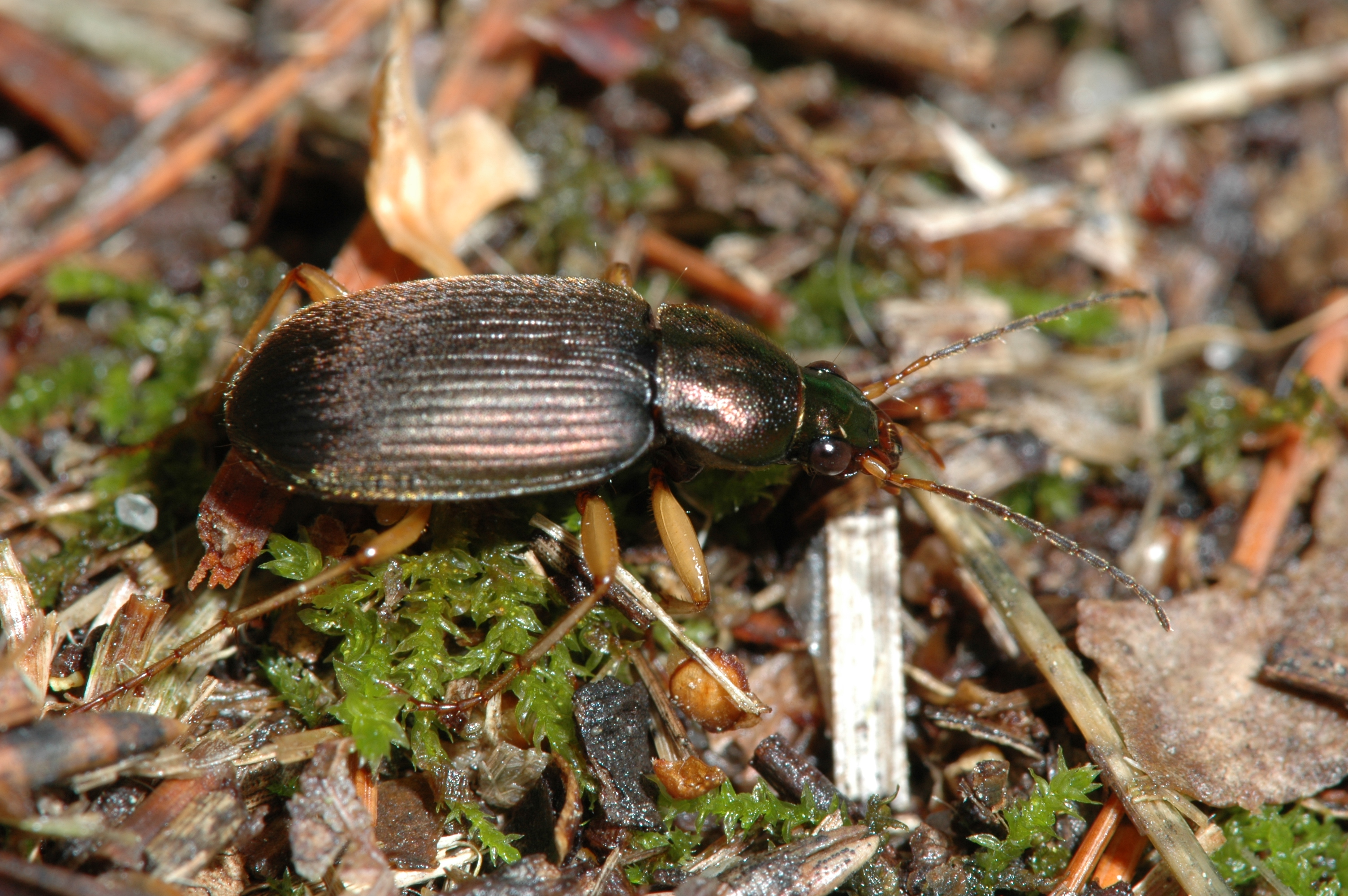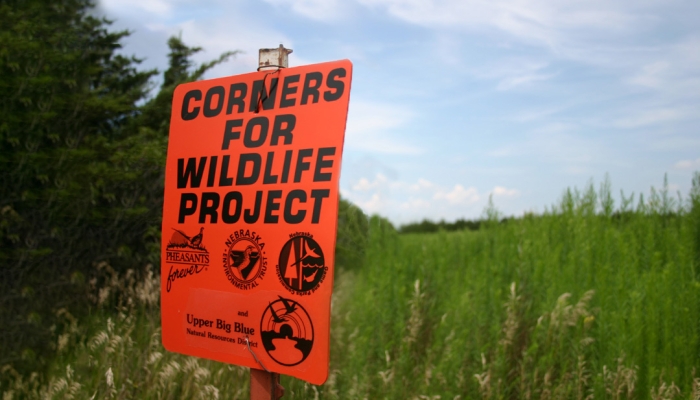Pollinators: help them help you

Wikimedia Commons)
Programs abound at the NRD to improve habitat on private acres
By: Amanda McLeod and Jaden Groff
Did you know more than 75 percent of the world's flowering plants depend on pollinators to reproduce? Additionally, about 35 percent of global food crops depend on animal pollinators like birds, bats, and insects. A couple of examples of agriculturally significant insects in Nebraska are leafcutter bees, which are instrumental in alfalfa seed production, and parasitic wasps, which prey on soybean aphids. We also have several species that were introduced as parasitoids of European corn borer larvae-- ichneumonid wasps, braconid wasps, and tachinid flies. Furthermore, we have an abundance of generalist beneficial insects, such as ground beetles, flower flies, phytoseiid mites, and lady beetles, that help by preying on agricultural pests.
Unfortunately, pollinating insect populations have declined significantly in recent decades because of habitat loss, invasive species, disease, and pollution. Pollinators and other insects hold great value for our economy. Pollinators provide $200 billion each year of economic revenue, according to the USDA. An interconnected network plays a vital role in balancing and maintaining our ecosystems. By providing more native habitat for wildlife—including pollinators--we help maintain species populations, diversity, and the ecosystem services they provide for our community.
The Upper Big Blue NRD area is made up of 1.8 million acres, 1.2 million of which are irrigated agricultural land that, while productive, do little for Nebraska’s wildlife. The Corners for Wildlife program, created through a partnership between the Upper Big Blue NRD, Pheasants Forever, Nebraska Game and Parks Commission, and the Nebraska Environmental Trust, develops rich pieces of habitat from field corners traditionally missed by center pivots. Acres enrolled in the Corners for Wildlife program provide diverse habitat for quail, pheasants, prairie songbirds, insects, and pollinators. Cooperators involved in grass cover practices are offered $60 per acre with an additional 75 percent cost-share rate for seeds and equipment, and cooperators involved in tree or shrub cover practices are offered $75-$100 per acre with cost-share opportunities for grasses, trees, and fabric weed barrier to improve new plantings.
Want to help? Here are a few tips from the National Pesticide Information Center:
-
Include a variety of native plants (including flowering varieties) in and around crops. This will provide food and shelter for a variety of beneficial insects. In small-scale agricultural settings, it may be possible to break up your plantings. Consider inter-planting a variety of crops to attract and shelter a variety of natural enemies.
-
After harvesting field crops, consider planting the area(s) with a variety of cover crops to provide habitat for some types of beneficial insects. (The Upper Big Blue NRD has programs for this as well!)
-
If you choose to use a pesticide, consider selecting one that will target your pest specifically, rather than using a broad-spectrum product. Biological pesticides, for example, often target a specific insect or group of insects.
-
Avoid treating plants that are in bloom. Pollinators and other beneficial insects may be visiting flowers. Don’t forget, this includes flowering "weeds” (e.g. milkweed).
-
If possible, avoid applying pesticides to plants when natural enemies are present and active in the area.


